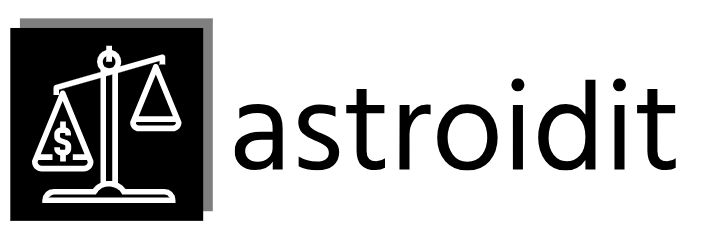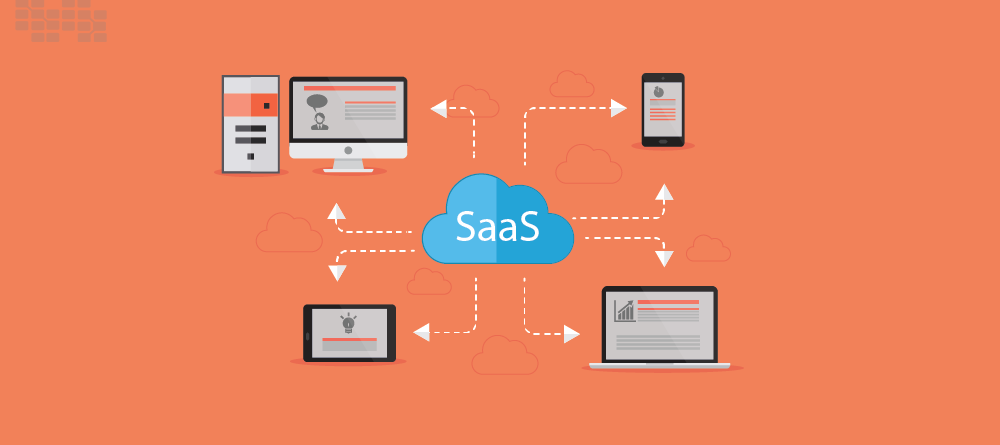Enhanced Accuracy and Speed
Google’s latest text analysis tool boasts a significant leap in both accuracy and processing speed. Early testing indicates a remarkable 20% increase in accuracy over its predecessor, correctly identifying nuances in language that previously proved challenging. This improvement isn’t just about minor tweaks; it represents a fundamental shift in the algorithm’s ability to understand context, sarcasm, and subtle shifts in meaning. The speed increase is equally impressive, allowing for the analysis of significantly larger datasets in a fraction of the time, making it a far more practical tool for large-scale projects.
Advanced Sentiment Analysis Capabilities
One of the most exciting improvements lies in the advanced sentiment analysis capabilities. The new analyzer can not only detect the overall sentiment of a text (positive, negative, or neutral) but also pinpoint specific sections expressing different sentiments. This granular level of analysis allows researchers and businesses to understand the complex emotional landscape of their data with unprecedented detail. Imagine analyzing customer reviews and not just knowing the overall rating, but understanding exactly which features elicited positive or negative reactions – this level of precision is now possible.
Improved Language Understanding Across Multiple Languages
Gone are the days of relying on separate tools for analyzing texts in different languages. Google’s new analyzer has significantly improved its multilingual capabilities, demonstrating remarkable proficiency in understanding the subtleties of various languages and dialects. This broader language support opens up a world of possibilities for researchers and businesses operating in global markets, allowing for a more comprehensive understanding of their international audiences.
Enhanced Topic Modeling and Keyword Extraction
The tool’s topic modeling capabilities have undergone a substantial upgrade. It now identifies dominant themes and subtopics within a text with greater accuracy and efficiency. This is coupled with a vastly improved keyword extraction system, which not only pulls out relevant keywords but also provides context-based weighting, helping researchers prioritize the most significant terms. This feature is invaluable for researchers needing to sift through large quantities of text data to identify key themes and insights.
Applications in Various Fields
The implications of this improved text analyzer are far-reaching, impacting numerous fields. Market researchers can gain deeper insights into consumer preferences by analyzing social media comments and reviews with unparalleled accuracy. Academic researchers can efficiently process vast amounts of textual data to identify patterns and trends in their studies. Customer service teams can leverage the tool to better understand customer feedback and tailor their responses accordingly. The applications are truly boundless, transforming how we interact with and interpret textual information.
Integration with Existing Google Services
One of the most compelling aspects of the new text analyzer is its seamless integration with other Google services. It works effortlessly with Google Cloud Platform, allowing developers to incorporate its powerful capabilities directly into their applications. This streamlined integration simplifies the workflow and ensures that businesses and researchers can leverage this cutting-edge technology without significant technical hurdles. Furthermore, its compatibility with other Google tools enhances efficiency and data management capabilities.
Addressing Privacy Concerns
Google has taken significant steps to address privacy concerns associated with the use of such a powerful tool. The analyzer employs robust anonymization techniques to protect user data and adheres to strict privacy policies. Data is processed securely and is not used for purposes other than those explicitly stated by the user. Google has been transparent about its data handling practices, building trust and ensuring responsible use of this advanced technology.
Future Developments and Potential
While the current iteration of the analyzer is already a significant advancement, Google is actively working on further improvements. Future developments may include even more sophisticated contextual understanding, the ability to analyze different forms of textual data (like handwritten notes), and the integration of advanced machine learning techniques to further refine its accuracy and efficiency. The potential of this technology is immense, promising to revolutionize how we interact with and interpret text in the years to come.
Accessibility and User-Friendliness
Despite its advanced capabilities, Google has prioritized accessibility and user-friendliness in the design of the new text analyzer. The interface is intuitive and easy to navigate, even for users with limited technical expertise. Comprehensive documentation and support resources are available to assist users in maximizing the tool’s potential. This commitment to user experience makes the technology accessible to a wide range of users, irrespective of their technical background. Read also about Google Text Analytics.






